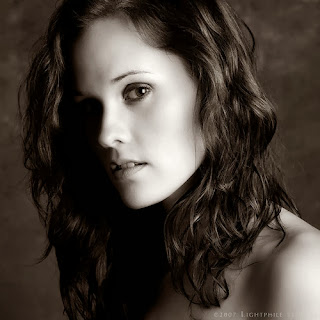Tip 1: Bring Something to Focus On
The problem that I saw when I looked through my viewfinder was that I didn't have anything to focus on aside from the items in the far distance. This of course would make for a perfectly blurry photo of me, which isn't at all what I wanted.
One easy solution to this problem is to bring something to stand in your place. Height doesn't matter so much as distance, but try to match it to yourself as best as you can for accuracy. If you have an extra tripod or light stand, these make perfect substitutes that will stand upright exactly where you need them. I was out in my yard so I grabbed a shovel from my shed, stuck it in the ground, focused and then moved the shovel. Rudimentary, but it worked perfectly.
tip 2 : Set the Timer High and Use Burst
Obviously, you don't want to have to haul all out and run into the frame just as your camera takes the image. Give yourself plenty of time to get in position and figure out what you're doing. Most cameras let you vary the length of the timer, check your manual for how to set yours.
In conjunction with the timer, you can usually set your camera to take multiple photos in succession. Even if all you need is one photo, it's not a bad idea to have your camera snap five or ten so you can vary your pose/expression. This will give you much more variety when it comes time to choose the image. Just make sure you have your settings perfect before turning burst on, otherwise you'll have a card full of unusable shots.
Tip 3 :Use Both Auto and Manual Focus A good practice to get into when you're taking self-portraits is to use a mix of auto and manual focus. First, focus on your stand-in object using auto focus. Then, with the object still in focus, switch your lens to manual focus.
This will give you the freedom to tweak settings, re-meter for changing light and anything else you need to all without screwing up your established point of focus. Just make sure you stand perfectly on your mark each time you take a photo.
Environmental portrait:
Casual portrait :
Formal portrait:
photography self portrait :
I'm going to be taking my subject to the courtyard out in the sun, i will shoot my partner either by a tree or tables i will need good lighting.




















